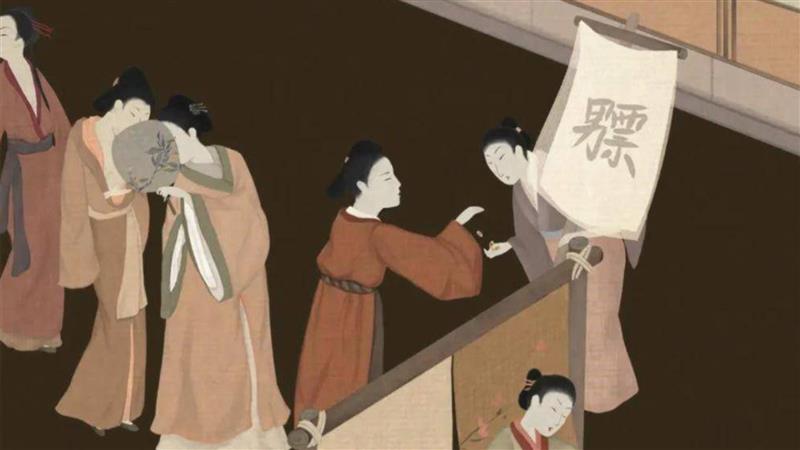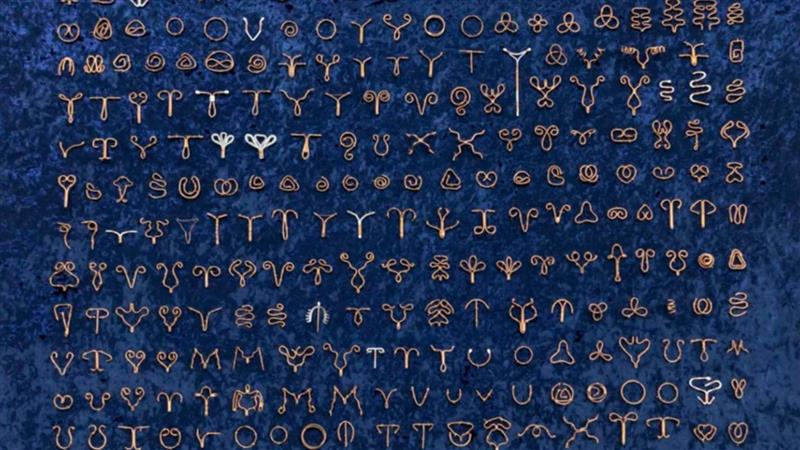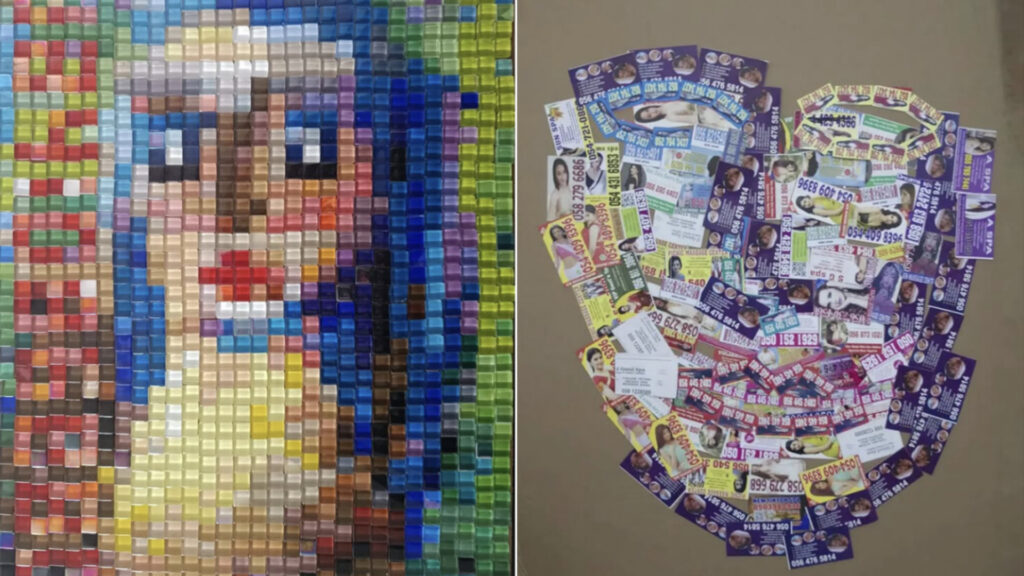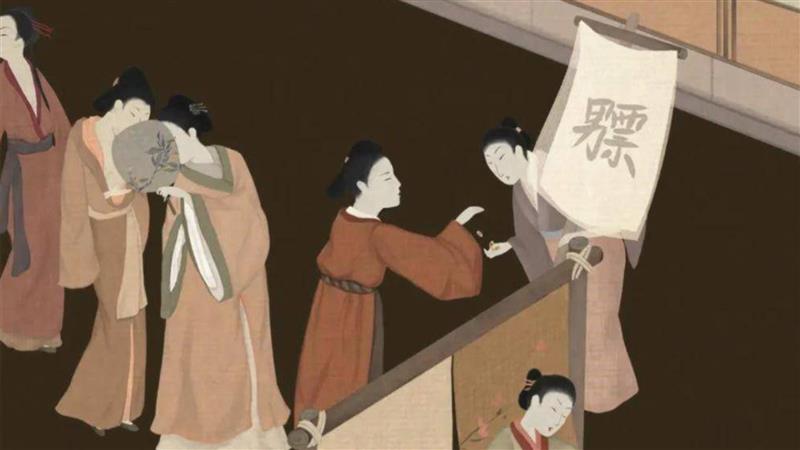The topic of the thesis entitled The Concept of Chinese Women’s Art after 2000: A Probe into the Current Discourse is a discursive and thematic analysis of a selected segment of contemporary Chinese women’s art, with a particular emphasis on how female artists define and express themselves within a society still marked by Confucian traditions and patriarchal structures. The author explores this subject through case studies and interviews with six emerging women artists born in the 1990s and early 2000s, placing their personal and artistic narratives within broader socio-political and theoretical contexts. An initial point of exploration is the exhibition Stepping Out! Female Identities in Chinese Contemporary Art, which provided a valuable entry into the broader discourse. The thesis draws on a wider range of theoretical materials, including feminist art history, cultural theory, and recent scholarship on Chinese art and gender. These are complemented by empirical data from interviews conducted with selected artists, allowing for a multi-layered perspective on lived experiences, bodily representation, censorship, institutional barriers, and generational change.

The thesis critically assesses recurring themes such as eroticism, bodily autonomy, female desire, and the tension between traditional values and contemporary gender politics. Attention is also paid to how the artists engage with concepts like “Chineseness” and how their work is shaped by, or resists, both local constraints and global art market expectations. Special focus is given to the difference between how Western feminist ideals are received within the Chinese art context and how young artists negotiate or reject these external frameworks in favor of more localized, hybrid, or personal forms of expression. Through a combination of qualitative research and theoretical analysis, the thesis contributes to understanding contemporary Chinese women’s art not as a homogenous field but as a dynamic and evolving site of negotiation, resistance, and redefinition. It challenges simplified East-West binaries and argues for the recognition of these artists as producers of critical knowledge—whose work reveals complex intersections of gender, power, identity, and creativity in 21st-century China.


